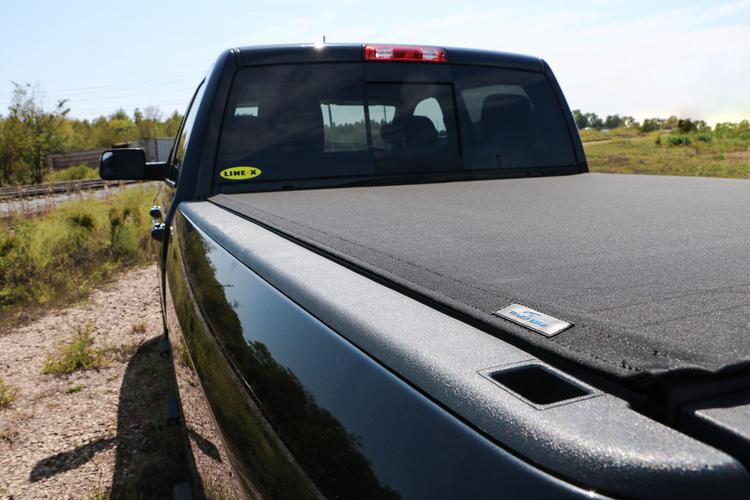As winter approaches and the weather gets colder, it is important to know how to start a diesel in cold weather. In cold weather, a diesel engine needs heat in order to ignite. The fuel and air become hot enough to combust in order for the engine to start. The metal walls of the engine become very cold in frigid, outside weather. Luckily, methods have been created as a way of speeding up the process of starting a diesel engine in cold weather.
Three Methods to Start a Diesel in Cold Weather
The three methods developed for heating diesel truck engines use parts of the truck that may already be installed or added on as an additional purchase. These methods involve using the glow plugs, the intake heater, and a block heater. Make sure you know which devices are already installed in your diesel truck. You should always have multiple heating alternatives when traveling long distances in cold weather conditions.
1. The Glow Plugs
Glow plugs are like the spark plugs of diesel engines. They look similar to spark plugs but function differently. Glow plugs help produce heat to power your diesel engine. Glow plugs are powered through the truck’s battery.
Using the glow plugs is the most common method of starting a diesel in cold weather. The glow plug heating method raises the temperature of the air in the combustion chamber. The air in the combustion chamber must be compressed to 1/16 of its original volume. This will raise the temperature to 400 degrees, which is the amount of heat needed to ignite the engine.
Glow plugs can take anywhere from a few seconds to a minute to warm up, depending on how cold the air is outside. Once the glow plugs reach the proper temperature, the Glow Plug Wait to Start indicator light will turn off. Then, you can attempt to start the engine. Do not flood your engine! If it takes longer than 30 seconds for the ignition to turn over, turn the key until the Wait to Start light comes back on, allowing the glow plugs to warm up again for another minute.
2. The Intake Heater
Another way to start a diesel in cold weather is by using the intake heater. The intake heater is inside of the intake manifold, where it heats the air that is pulled into the engine cylinders. Like the glow plugs, intake heaters are powered directly from the truck’s battery. Using the intake heater to start a diesel is the quickest way to warm up the engine and doesn’t give off any smoke.
First, you turn in the key in the ignition to begin starting the engine. The glow plug method is still used in the beginning part of this process. Once the glow plugs have warmed, turn the key and start the engine. From here, the intake heater will use the battery power to heat the air coming through the intake pipe. Then, the air entering the combustion chamber will already be warm, allowing the temperature in the chamber to rise more quickly. This allows your diesel to start in cold weather faster.
3. The Block Heater
If the glow plug method or the intake heater method do not work, the block heater can also help start a diesel in cold weather. The block heater heats up the engine block. The engine block, or cylinder block, contains all the internal components of an engine. This method is far more involved than using the glow plugs or the intake heater and takes the most time.
In order to start your diesel engine in cold weather with a block heater, you will need an outlet plug. Plug in the block heater and extend out of the vehicle. Some trucks are designed to thread a plug through the front. Otherwise, run the plug through the grill of the truck. Use an extension cord to plug the cable into a nearby outlet.
Leave your truck plugged into the outlet for at least two hours prior to starting your diesel. This will give the block heater time to heat up the coolant inside of the engine block. This will help warm the engine enough to start the truck.

Once the block heater has had enough time to warm the coolant, try and start the diesel engine. This method still includes waiting for the glow plugs to warm. Turn the key and start the engine.
Prepare Your Diesel for Cold Weather
If the methods above do not work, seek the professional service of a diesel mechanic. There are ways to prep your truck for the cold weather. Try to keep your truck in a warm area like a heated garage. Use winter blend diesel fuel to make sure that wax crystals are not forming. Wax crystals from fuel can form inside your engine in cold temperatures. This will clog fuel filters and prevent the engine from starting.
Sometimes fuel can freeze or gel together. Changing the fuel filters regularly and warming your diesel fuel in cold weather can prevent this from happening. Another way to prepare your diesel engine for cold weather is to keep your fuel tank full. Keeping the fuel tank full can prevent condensation buildup and frozen fuel.
Learn More about Diesel Trucks with TDI
If driving safely and knowing the ins and outs of diesel engines appeals to you, learn to be a trucker at
Truck Driver Institute
. At the Truck Driver Institute, you will be equipped with the tools to drive a diesel in any weather, including cold, frigid weather. You can earn your Commercial Driver’s License in as little as three weeks. We also provide competitive tuition rates and consistent job placement.
Ready to hit the road and put your diesel expertise to the test? Find the right
Truck Driver Institute training location
or
contact us
today!




